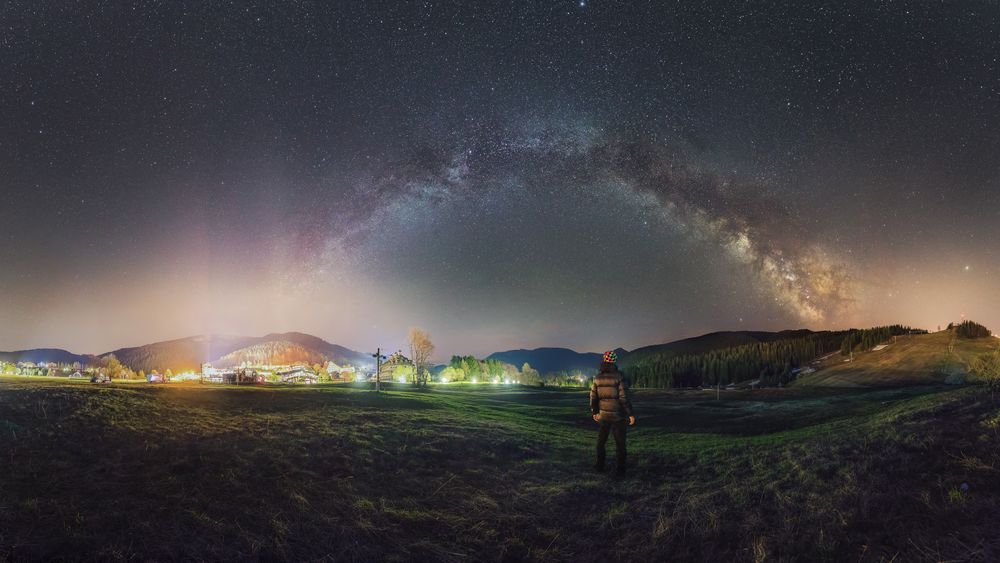Dark ecological infrastructure and urban lighting: why it's important for public authorities
Focus on the challenges and opportunities of these still badly understood nocturnal ecological corridors.

Excessive, unsuitable, power-consuming… street lighting no longer wins unanimous support. For ecological, medical, economic and even touristic reasons several public authorities have already reconsidered their night lighting coverage. For many others, the energy crisis leads them to turn off the lights as early as possible. Dark areas are appearing as objectives or as collateral consequences. Focus on the challenges and opportunities of these still badly understood nocturnal ecological corridors.

Biodiversity needs the recreation of dark infrastructures
You are probably familiar with the blue and green networks, a succession of ecological corridors on land and in water which preserve the continuity of natural habitats. In the same way, dark ecological network exists for night life!
Created to prolong human activity and make public highways safe, urban lighting is overdone today, unsuited to our real needs and power-hungry. Additionally, its presence deregulates the life cycle of nocturnal flora and fauna and divides its habitat, with disastrous consequences, for example:
- migrating birds cannot navigate by the stars;
- flying insects are attracted to fatal light traps;
- blinded, amphibians cannot distinguish between their prey and predators;
- some predators exploit the light and eat up their food reserves before they can grow again;
- the photosynthetic activity and pollination of plants are disturbed;
- etc.
If you think that this only affects a few animals, you are wrong. 30% of vertebrates and 65% of invertebrates are fully or partially nocturnal (1) and affected by light pollution. This is why, since the 2016 French Biodiversity Law reinforced by a ministerial “light pollution” decree in 2019, taking dark infrastructures into account in all regional planning projects is obligatory.
An ambitious policy that few European countries have deployed on a national scale, except for Slovenia in 2007, the first country in the world to have adopted a large-scale light pollution policy followed by Croatia in 2019. Others, inspired by the French example, are ongoing, for example in the United Kingdom where an “APPG” (All-Party Parliamentary Group for Dark Skies) was set up in 2021.
Why protecting biodiversity became so important?
Light pollution has a medical impact we are only just starting to explore
For the diurnal animals, including human beings, the artificial lengthening of daytime involves – among other changes - disturbance of the circadian rhythm blocks the secretion of melatonin, also called “the sleep hormone”. Creating dark ecological networks stops these fatal consequences of light pollution.
A study in 2021 by the French Academy of Medicine explains why melatonin reduction and the desynchronization of our internal clocks generate many disorders, including:
- persistent tiredness;
- chronic insomnia;
- mood swings;
- loss of appetite;
- etc.
And also diseases, including retina function deteriorations, seasonal depression and cancer. The Academy, moreover, noted a higher incidence of breast cancer in lit vs. unlit districts (2).
Last but not least, many people feel less safe if a reduction in urban lighting is proposed.
Although no large-scale study has been conducted in France, the first experience feedback seem to indicate that on the contrary, as regards road safety, accidents are apparently less frequent in non-lit zones (3). In Anglo-Saxon countries, three studies published in 1997, 2011 and 2015 conclude that there were not more aggressions in unlit than in lit zones (4).
Would one of the challenges of dark infrastructure be, as diurnal animals, to overcome our instinctive fear of the dark?
How does light pollution impact the environment?
In France, there are 11 million street lamps, i.e. one lamp for six inhabitants. A colossal amount, which generates 4% of national greenhouse gas emissions - 610,000 metric tons of C02 a year (5). In the USA, public lighting represents 380 tWh a year, that is to say enough power for 35 million homes (6).
In addition, switching on public lighting in winter from 6 to 10p.m. creates a peak in consumption. The energy produced by French nuclear power plants is not sufficient to meet this demand and power plants burning fossil fuels - gas, coal or oil – have to be activated as back-ups. They emit large quantities of C02 into the atmosphere, weighing down the public lighting carbon assessment. This means that the creation of dark corridors is also an additional tool in the fight to control the greenhouse gas emissions responsible for climate warming.
When economics become an essential factor in politics
This is even truer since the current unprecedented energy crisis began. Night lighting is expensive. In France, public lighting accounts for 42% of electrical consumption by public authorities (1), and even 50% in communities with fewer than 2,000 inhabitants (7). Overall, the cost is approximately 2 billion Euros a year, of which 450 million is directly related (and subjected) to the costs of energy. An expenditure which already doubled between 2005 and 2017 and which threatens to go even higher during the coming winter (8).
In a context with less and less state funding and the energy crisis, territorial authorities feel the financial burden of their urban lighting all the more and create dark corridors, sometimes unknowingly.
Dark skies can attract tourists too!
Odd but astute, certain communities have decided to use dark skies to attract tourists. One such is the village of Sauliac-sur-Célé which promotes astrotourism by banning light pollution (8). In Germany, the town of Fulda promotes ecotourism in its nearby nature reserve by adopting the first light pollution regulations in the country (9).
In France, the trend is developing with the Star-Spangled Towns and Villages label already awarded to 722 urban areas and 4 regions, offering a truly star-spangled vista to locals and tourists while reducing power costs and their environmental footprint. Worldwide, astronomy enthusiasts have 195 parks, reserves, sanctuaries and urban areas with the International Dark Sky Places label in which to pursue their hobby.
According to the ADEME, public lighting could be reduced by from 50% to 75% through renovations and more efficient technologies (3). In other words, there is a lot of wiggle room for reducing light pollution. The creation of dark ecological corridors is important!
(1) Trame Verte et Bleue: Trame noire, Méthodes d’élaboration et outils pour sa mise en œuvre
(2) Académie de Médecine: Pollution lumineuse et santé publique
(3) Territorial: Bilan sécuritaire des essais d'extinctions de l'éclairage public
(4) DarkSky: Lighting, Crime and Safety
(5) Le Parisien: Eclairage public : trop de lumière la nuit
(6) DarkSky: Light is Energy: Estimating the Impact of Light Pollution on Climate Change
(7) ADEME: L’éclairage public vous coûte cher?
(8) France Info: Pourquoi certaines communes éteignent leur éclairage public la nuit
(9) DarkSky: Fulda, Germany Earns International Dark Sky Community Status, First in the Country
© Photo credit: majochudy / Adobe Stock



